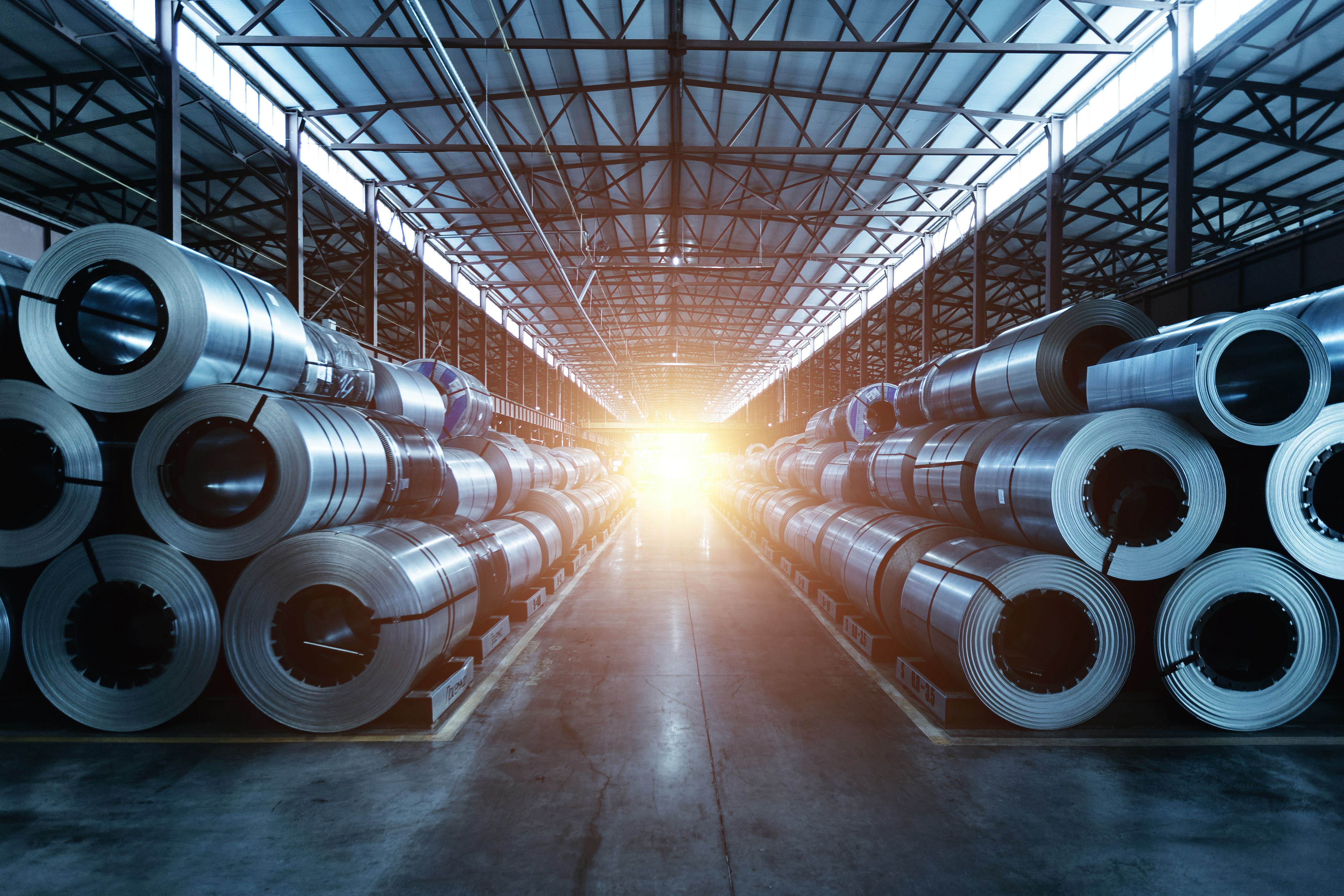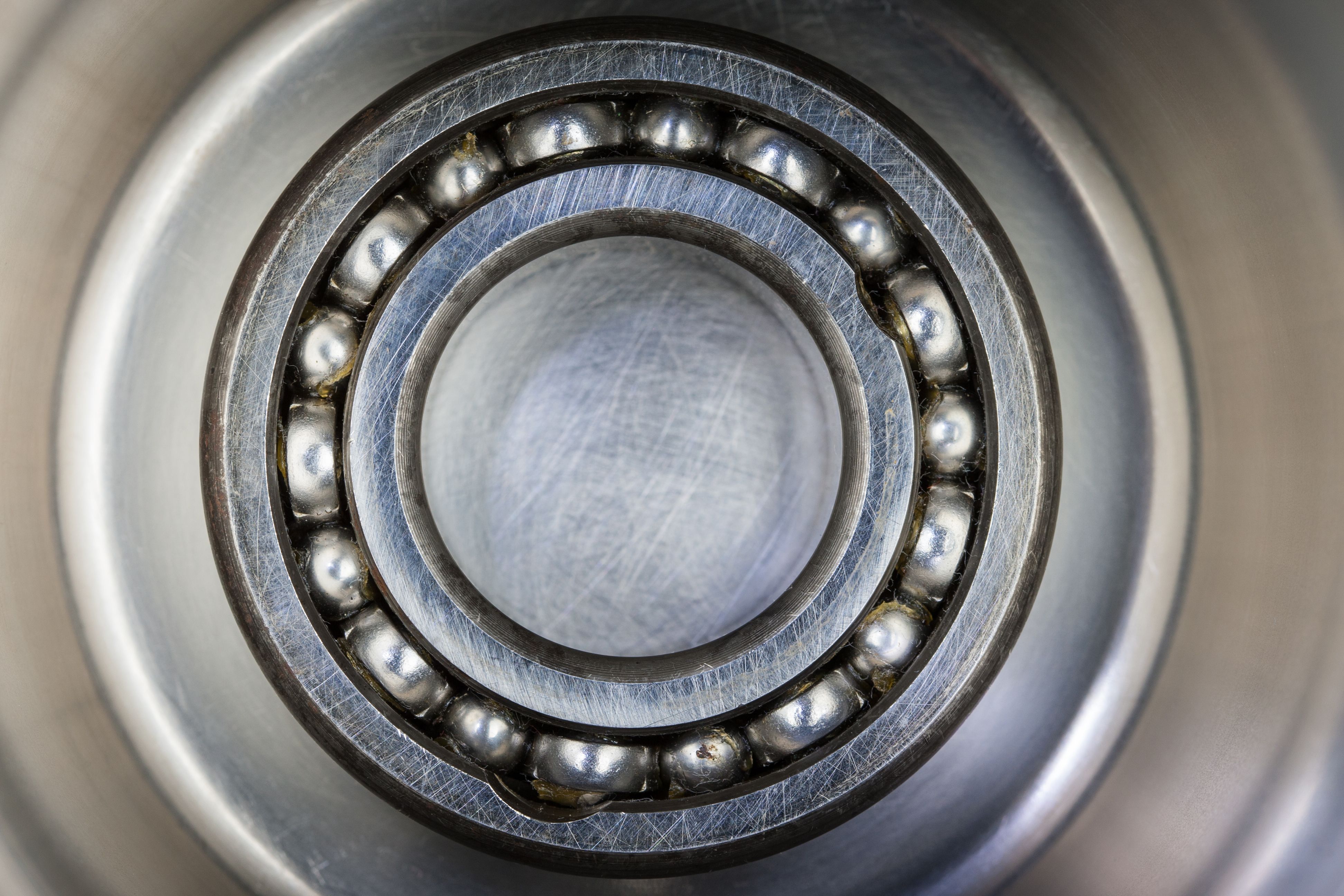The Excellence of Kolschstahl: A Comparison of UK and German Craftsmanship
RR
The Legacy of Kolschstahl
Kolschstahl, renowned for its high-quality steel, stands as a testament to the meticulous craftsmanship inherent in both UK and German industries. This alloy, frequently utilized in precision tools, automotive parts, and even cutlery, embodies the pinnacle of metallurgical excellence. But how do UK and German craftsmanship compare in the realm of Kolschstahl production?

Historical Context
Both the UK and Germany boast rich histories in metallurgy. The UK's Industrial Revolution laid the groundwork for modern steel production, while Germany's post-war resurgence emphasized precision and innovation. Kolschstahl emerged as a product of these parallel developments, reflecting the strengths of each nation's industrial evolution.
The UK’s approach to Kolschstahl often emphasizes traditional techniques blended with modern technology, ensuring durability and resilience. In contrast, Germany leans heavily on state-of-the-art automation and precision engineering, resulting in remarkably consistent quality.
Material Science and Technique
When examining Kolschstahl, the material composition is crucial. UK manufacturers typically focus on blending traditional alloys with contemporary additives to enhance strength. German producers, however, prioritize microscopic precision in their formulations, resulting in steel that excels in specific applications.

In terms of technique, the UK often upholds a hands-on approach, where skilled artisans play a significant role in the manufacturing process. Conversely, Germany employs advanced robotics and AI-driven systems to minimize human error, ensuring each batch of Kolschstahl meets exacting standards.
Innovation and Sustainability
Both countries are leading the charge in sustainable steel production. UK companies are pioneering recycling processes that reduce waste, while German firms focus on energy-efficient production methods that lower their carbon footprint.
- UK: Emphasizes recycling and waste reduction.
- Germany: Innovates in energy efficiency and automation.

Applications and Industries
Kolschstahl’s versatility allows it to be used across various industries. In the UK, it is highly prized in the automotive and aerospace sectors, where its strength and resilience are paramount. German manufacturers, on the other hand, often supply Kolschstahl for precision tools and medical devices, where accuracy and consistency are critical.
This diversity in application showcases the adaptability of Kolschstahl as a material, reflecting the unique strengths of both UK and German craftsmanship.
Conclusion: A Blend of Excellence
Ultimately, the excellence of Kolschstahl lies in its ability to embody the best of both UK and German craftsmanship. The UK’s dedication to tradition and adaptability complements Germany’s relentless pursuit of precision and efficiency. Together, they create a material that is not only strong and reliable but also innovative and sustainable.
As industries continue to evolve, the collaboration and competition between these two nations in the field of Kolschstahl production promise to drive future advancements, ensuring that this remarkable material remains at the forefront of industrial excellence.